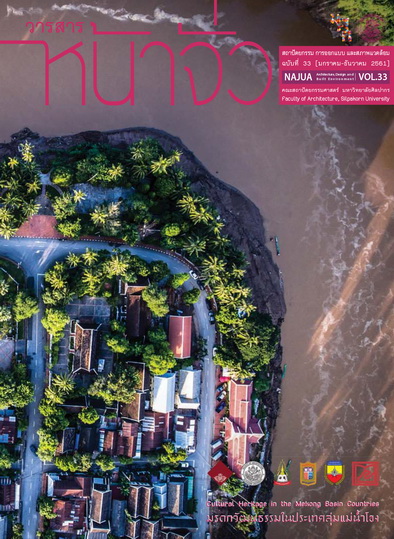Establishment of Cooperation Network for Safeguarding and Utilization of Cultural Heritage in the Mekong Basin Countries Future Possibility Considering from Comparative Study in Angkor-Cambodia, Hue-Vietnam and Japan
Keywords:
Asiatic ancient civilization, Egypt, Angkor, Japan, Sub-marginAbstract
Angkor monuments are characterized by a structure with dry masonry and corbel arch standing on a high foundation constructed by rammed-earth layered soil. This structural engineering is considered to have likely been affected and developed by the climate, weather and geological condition of Angkor area. In addition, although a basic method of plan layout is hierarchical axiality and symmetrical arrangement, a central axis of a monument is slightly shifted from that of its’ site in a conscious way. This declination can be considered as an arrangement to harmonize composition elements by placing historical and new values in the two axes: the central axis of the site representing traditional cultures as a sacred land, and that of the monument representing a new culture coming from the outside as an architectural style. Thus, Angkor monuments have such remarkable characteristics of harmonization among natural climate, native tradition and new cultures, and this tendency can also be seen commonly in cultural heritage in Hue, Vietnam and Japan. Furthermore, those, which have been formed in sub-margin cultures as a result of long succession of selective influences caused by moderate distance from cores-Asiatic ancient civilizations-India and China, are considered to have significance in the process of a world history after the modern period.





